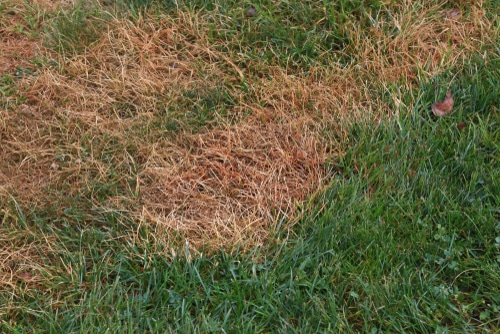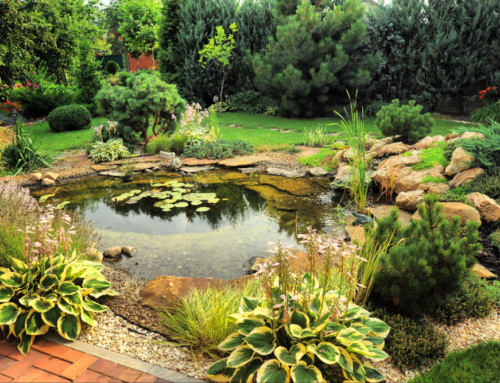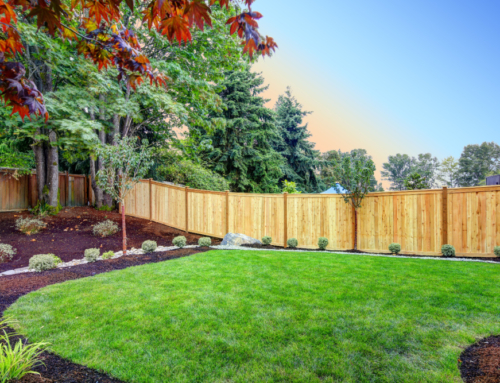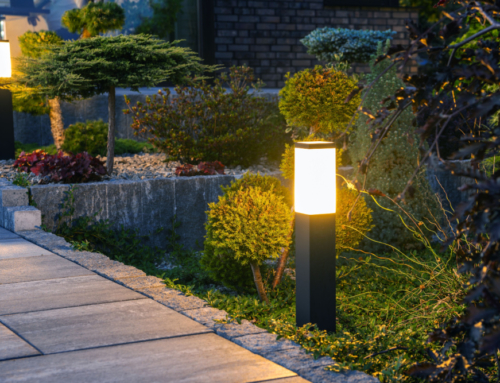Home owners everywhere are always happy when the beautiful weather arrives! Spring and summer are a prime time to focus on your lawn and nurture the grass after a long winter. Perhaps you’re planning on doing some landscaping work or taking care of your lawn. The warm weather is the perfect time to do it! With this increase in beautiful weather, of course, can come other things. You may find that you forgot how the bugs can come out in full force, like June bugs.
You may have seen them yourself before or simply have heard of them, but these little bugs might end up bothering you when you’re out trying to enjoy some time on a patio or a porch! They’re really harmless– they don’t sting or bite. They can be a little annoying, but their true threat is to your lawn!
All About June Bugs
These bugs are a type of beetle. They belong to the scarab family and there are over 400 June bug species. They are 1/2 to 5/8 inches long and vary in color from a brown to a red-brown or nearly black or green. These bugs also go by the name of ‘May beetle’ or ‘May bug’ and can be referred to as ‘June beetles’. Adult bugs may be drawn to outdoor lighting or any source of indoor light right up against your windows.
What Do They Do to The Landscape?
The adult bugs are actually not that big of a deal. However, the larvae are more of a threat. Who would’ve thought? The larvae of these bugs are a white color and they are shaped like the letter ‘C’. They live under the ground, so you’re not going to see them flying around. They’re going to be hidden in your lawn, most likely put there in the middle of summer in a sunny area.
They will grow and then eat grass roots, getting the nutrient and water supply disrupted. Grubs in the lawn can make your grass look like it’s going through the middle of a drought. It may appear yellow or wilted. Brown patches could be a sign you have them, or if your turf is rolling up just like a carpet would, that is a good indication the roots may have gotten eaten up. These bugs can really manage to ruin your landscape.
You’ll generally be able to tell if you need treatment if your lawn looks unhealthy or you have too many grubs found in an infestation in a square foot. Checking it out is a good way to find these bugs and prevent wildlife from being attracted to your yard and then digging to get what they see as a good meal!
Addressing the Issue
Want to control how many June bugs are in your lawn? Reducing grub population may help. You can try mowing lawn higher and help reduce watering, which attracts female bugs for egg laying. Treat your lawn with good timing. Immature grubs may be more susceptible to treatment. Contact a reliable company near you to find out more and make an appointment.






